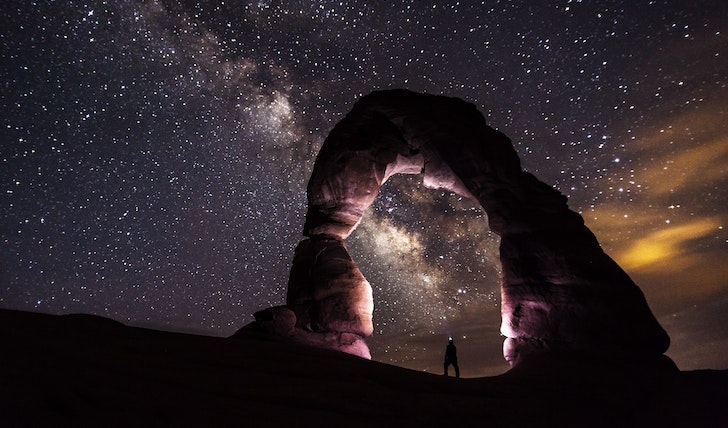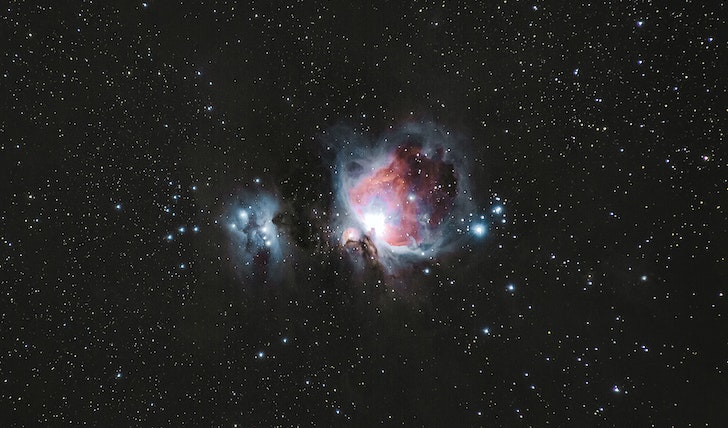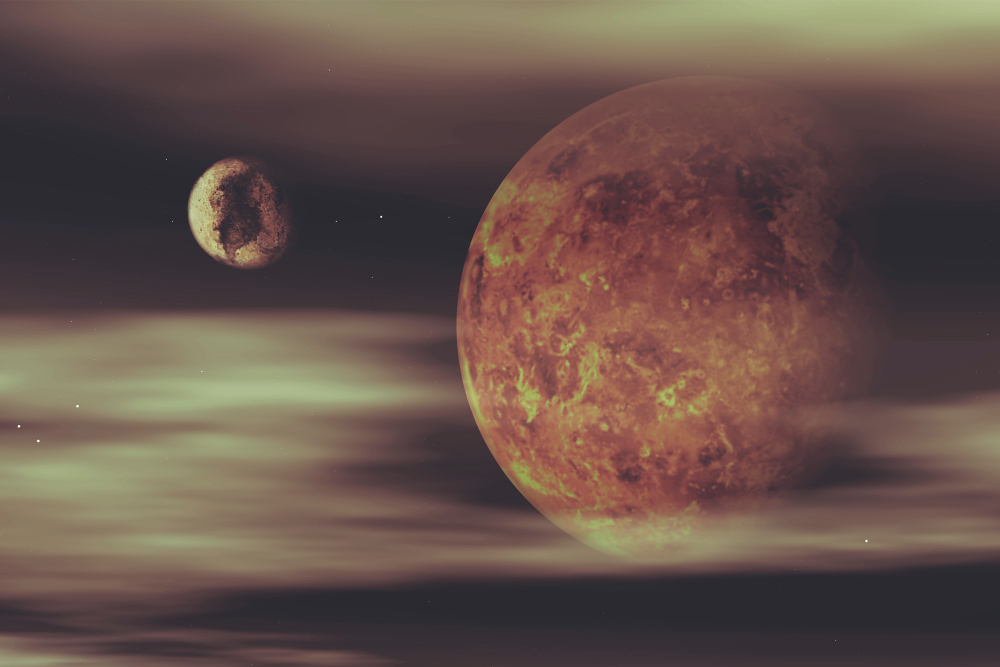Mercury retrograde is often greeted with a mix of curiosity and caution. Known for its apparent backward motion in the sky, this astrological event can significantly impact our daily lives, particularly in areas ruled by Mercury, such as communication, travel, and technology. This phenomenon occurs three to four times a year, each lasting about three weeks, during which it’s advisable to tread carefully with new ventures and communication. So, what happens when mercury is in retrograde? This comprehensive guide will explore everything you need to know about Mercury Retrograde. What Happens When Mercury Is in Retrograde? What happens when Mercury is in retrograde might feel like the universe is pressing a pause button on your plans....
Cosmic rays, mysterious particles from the cosmos, have captivated scientists and astronomers alike with their enigmatic origins and profound implications for understanding the universe. These particles, traveling at nearly the speed of light, bring tales from the far reaches of space right to our doorstep. What Are Cosmic Rays? Cosmic rays are not rays at all but rather incredibly fast-moving particles that originate from outer space. Predominantly made up of protons, these particles are remnants of atoms stripped of their electrons, revealing their bare nuclei. Earth is bombarded daily by trillions of these particles, though most are harmlessly deflected by our planet's atmosphere and magnetic field. When cosmic rays do collide with atmospheric particles, they generate...
Have you ever looked up at the night sky and wondered Where are we in the universe? This question brings forth feelings of wonder and perhaps a touch of existential awe. This comprehensive guide will explore our place in the cosmos and why Earth stands out in the vast expanse of space. Our Solar System's Structure Situated in a sprawling universe that continues to expand, we find our home on a small, rocky planet known as Earth. Nestled within the Solar System, Earth shares this celestial neighborhood with seven other planets and three dwarf planets. These celestial bodies orbit the Sun, a relatively average-sized star, which forms the center of our Solar System. The Milky Way:...
When diving into the realm of Vedic Astrology, the significance of your Moon sign in unveiling your collective essence is profound. Overshadowed by the Sun sign, your Moon sign commands the spotlight, governing your minds and encapsulating your emotional and subconscious realms. This private side, reflective of your secrets, emotional responses, and intrinsic reactions to life's multifaceted situations, offers a deeper insight into who you truly are, individually and together. Let's embark on a journey through the zodiac, exploring how each Moon sign reflects on your true selves, guiding behaviors, emotions, and life choices. Aries Moon Sign If your Moon is in Aries, you're brimming with passion, embodying a self-driven and focused demeanor. You thrive on...
In the quest for understanding the cosmic compatibility with our partners, the term Moon conjunct Venus synastry is a celestial beacon of hope, suggesting a profound connection that could be the deciding factor in meeting your soulmate. But what does this aspect entail, and how does it influence your relationship's potential longevity and depth? Let's dive into the stars to uncover the magic behind this astrological alignment. The Foundation of Synastry Before we explore the luminous path of Moon conjunct Venus synastry, let's lay down the basics. Astrology offers us a unique lens through which we can view our relationships' dynamics by comparing birth charts, a technique known as synastry. This method goes beyond the superficial...
Astrology provides a unique perspective on our personality and destiny, with Saturn playing a key role. This celestial body, known for its rings, is often overshadowed by more luminous planets but significantly influences our life's trajectory. Saturn symbolizes discipline, limitations, and responsibilities, guiding us through maturity. Understanding its place in our birth chart reveals crucial life lessons. Embracing Saturn in Aries can lead to profound personal growth and transformation. Understanding Saturn in Your Birth Chart Saturn acts as a stern teacher, emphasizing structure and order in our lives. It represents authority figures, from parents and teachers early in life to bosses and mentors as we age. Saturn's sign and house in your birth chart highlight areas...
How Many Stars Are There in Space?
When we look up into a clear night sky, it is easy to get lost in the multitude of stars twinkling overhead. But just how many stars are out there? Astronomers have been trying to answer this question for centuries and their estimates have changed over time.

Pixabay / Pexels / According to astronomers, the night sky (full of stars) gives an incredible glimpse into understanding the universe and the cosmos.
However, astronomers have come to an understanding that there may be more stars than there are grains of sand on Earth.
The Milky Way Galaxy
Astronomers believe that most of these stars belong to one galaxy: our very own Milky Way. This spiral-shaped galaxy consists of about 200 billion individual stars. And most of them exist in two major clusters known as globular clusters.
Within our Milky Way galaxy, there are four major spiral arms. And each one of them contains a great number of stars and gas clouds.
The Universe Beyond Our Galaxy
But if we look beyond the boundaries of our own Milky Way, what will we find? Astronomers estimate that there are at least 100 billion galaxies in the universe, each containing billions of stars! This means that the total number of stars in space is likely to be over 1 trillion!
To put this into perspective, scientists believe that there are about 7.5 quintillions (7,500,000,000,000,000,000) grains of sand on Earth.
So, there may very well be more stars than grains of sand.

Rafael / Pexels / Astronomers suggest that there are more than 200 billion stars in the Milky Way galaxy alone.
Exploring the Mysteries of Space
Although we have been able to make estimates about how many stars there are in space, the exact number is impossible to know. Our current technology is not capable of detecting all of these stars, and some may be too far away from us for our instruments to detect. This means that there could very well be even more stars out there than we currently think!
The mysteries of space will continue to fascinate astronomers for years to come as they strive to learn more about our universe and its many wonders. For now, we can marvel at the tremendous number of stars that fill the night sky: A reminder of just how vast and mysterious our universe truly is.
Practical Applications of Astrology
Astronomers have long studied the stars and planets in an effort to understand how they impact our lives. By studying the movements of these celestial bodies, astrologers can make predictions about the future and provide insight into human behavior.
From this data, astrologers may gain a better understanding of what lies ahead for us in our lives.

Alex / Pexels / Astronomers believe that there are more than 7.5 7.5 quintillions of stars in the cosmos.
Parting Thoughts
The vastness of space is truly breathtaking, and astronomers will continue to explore its depths for generations to come. With every new discovery, we learn more about the wonders that lie beyond our own Milky Way Galaxy – including the mystery of just how many stars are really out there. For now, it remains a mystery.
But one thing is certain: the night sky provides us with a spectacular glimpse into the incredible power of the universe.













